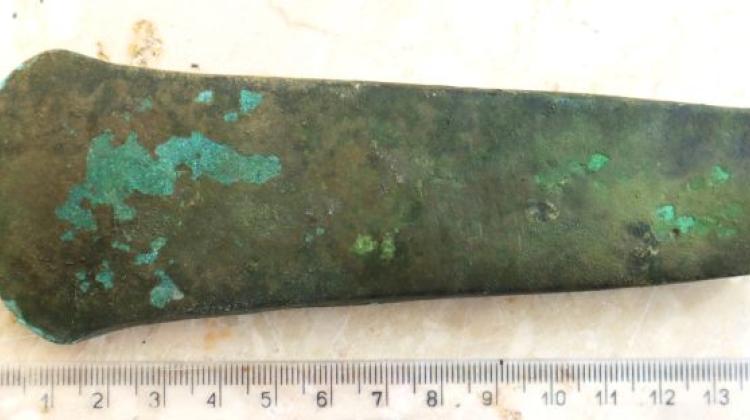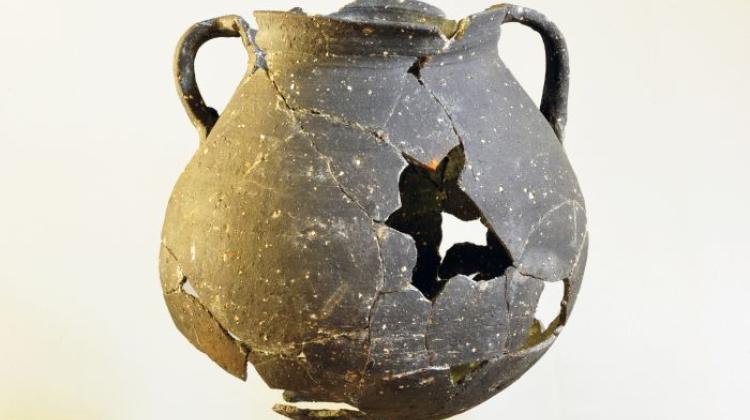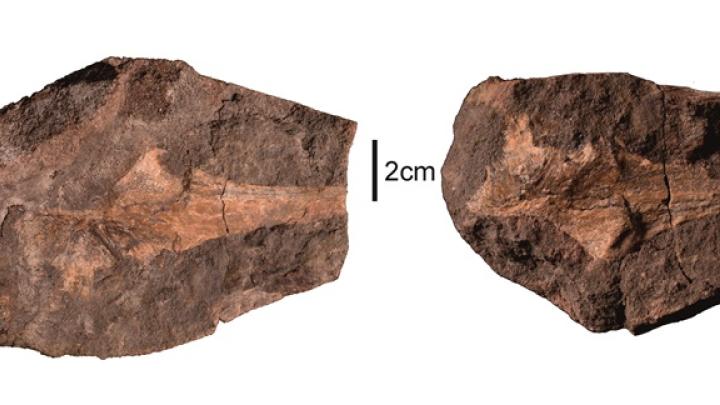Graves containing mainly children found at oldest Christian necropolis in Dobrzyń Land
The remains of dozens of 11th century skeletons have been found in what archaeologists are calling the oldest-known Christian graves in the area.
The discovery in the village of Starorypin Prywatny in the historic region of
Dobrzyń Land in central-northern Poland mainly contained the remains of children aged between two and five years old.
Archaeologists have been studying the early medieval necropolis in Starorypin Prywatny since 2018. They decided to perform excavations due to the threat of agricultural work in the cemetery.
So far this year, they have already discovered over 30 skeletal graves, all from the early Middle Ages.
Lead archaeologist Dr. Jadwiga Lewandowska from the Museum of Dobrzyń Land in Rypin said: “Until now, based on the discovered artefacts, we thought that the necropolis dated back to the 12th century. Thanks to physical and chemical analyses of the bones discovered last year, we know that it already existed in the mid-11th century.”
She added that this was proof that Christianity reached the far corners of the Piast state in the very early stages of its existence. Dr. Lewandowska believes that the Christianisation of the Dobrzyń Land could have been earlier than the middle of the 11th century, because the discovered cemetery is 'fully Christian' - so far, no burials in another ritual have been discovered.
Early medieval Christian burials found in Poland are distinguished by two features: they are skeletal (according to earlier beliefs, the bodies of deceased were burned), and the corpses are placed on the back with the head facing west. This is the case with most burials in Starorypin. Single, metal crosses found within the site are additional proof.
Professor Krzysztof Szostek, an anthropologist from the Institute of Biological Sciences UKSW in Warsaw said that in one of the child's grave there was also a premature baby, who probably did not survive the birth.
He said: “Interestingly, in this grave we found probably the most beautiful necklace discovered in the cemetery so far.”
The oldest people buried in Starorypin were men aged around 40-45 years old. The buried women were 25-30 years old. All of the deceased had very badly worn teeth, probably due to their diet - the flour was heavily contaminated. The women also had a very similar morphological structure (similar skulls and facial features) which could mean that they were related to each other.
Genetic tests planned in the future are expected to answer the question of what connected those buried next to each other.
Dr. Lewandowska believes that the deceased were Christians, even though various items are found in their graves and from the 13th century onwards, Christian graves are usually devoid of goods. This may mean that some earlier traditions were slowly phased out. The dead were no longer burned, but placed on their backs in a grave, but they were still buried with various objects. The monuments include mainly temple rings (a decoration in the shape of an open circle, worn on the head), necklaces (consisting of glass beads, amber and semi-precious stones), needles, rings, knives and flints.
Lewandowska said that the surprising richness of the goods in the graves suggests they may have been brought from Wielkopolska, which was the centre of the Piast state.
Another grave revealed a woman cramped on her side who archaeologists believe may have been tied up during the funeral. Last year, archaeologists discovered one in which a woman had been crushed by a huge boulder.
Researchers estimate that the necropolis may have an area of 2 ha, but so far they have only been able to survey a few areas.
PAP - Science in Poland, Szymon Zdziebłowski
szz/ ekr/ kap/
tr. RL
Przed dodaniem komentarza prosimy o zapoznanie z Regulaminem forum serwisu Nauka w Polsce.

















